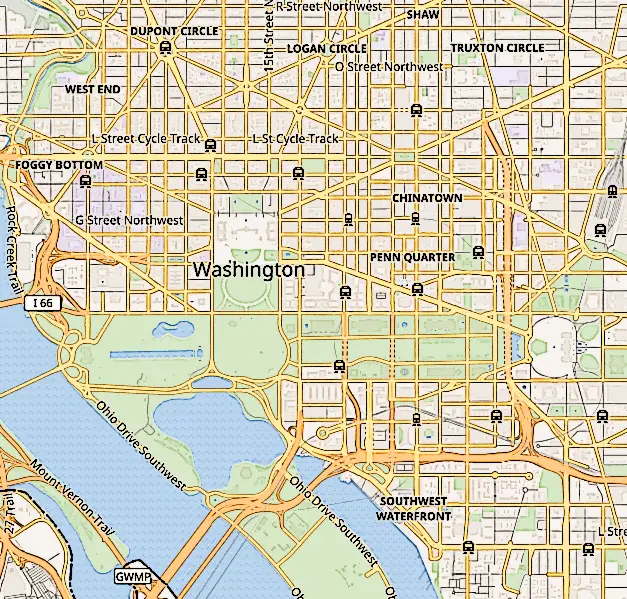Washington Monument, George Washington, Washington D.C., Obelisk, Tallest Obelisk, American Monuments, 50 Flags, National Mall, Founding Fathers, Historic Sites in D.C.
The Washington Monument is a towering obelisk located in Washington, D.C., built to honor George Washington — the first President of the United States and a key figure in America’s founding. Standing at approximately 555 feet, it holds the title of the tallest obelisk in the world. Construction began in the 19th century, and after several delays, it was finally completed decades later. The monument remains one of the most iconic landmarks in the nation’s capital.
To explore more incredible structures that define the nation’s architectural heritage, visit our main guide to notable American landmarks.
Planning and Design
Proposals to construct a monument to Washington began soon after the American Revolutionary War. However, no concrete steps towards such a measure could be taken until the 19th century. It was finally in the 1830s that a society came into being with the aim of raising funds for the monument. This society decided to hold a design competition for the memorial’s design.
Although the design competition was held in 1836, it was in 1845 that the winner was announced. Robert Mills was chosen as the winner and his design of an obelisk-shaped monument was adopted, although with significant changes.
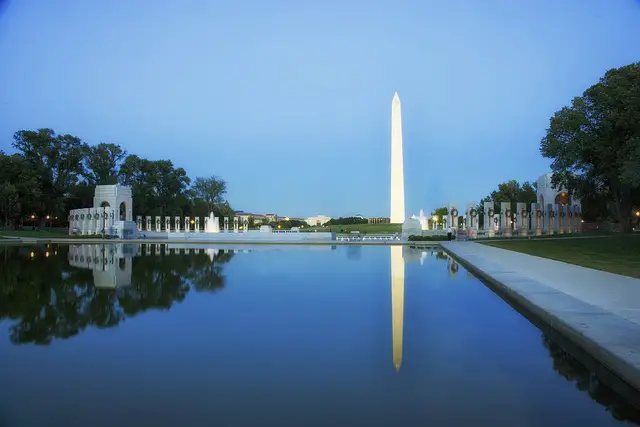
Construction
After the design of the monument was finalized, construction on it finally began in 1848. The design of the monument called for a hefty budget and the donations for the monument ran out in 1854. Work on the structure stopped and it wasn’t until after the American Civil War that work resumed once again.
This time, the Congress decided to contribute a significant amount of money to the project. In 1879, construction on the monument resumed with some new design changes. With funding from the Congress, construction proceeded rapidly and the building was finally completed in 1888.
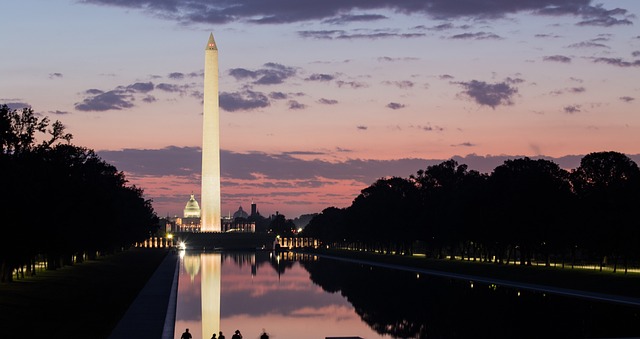
History
One of the prominent distinctions of the Washington Monument at the time of its completion was that it was the tallest building in the world at the time. Soon after it opened, the monument started attracting large numbers of visitors. The visitors would climb the stairs to the top of the monument. By 1888, nearly 55,000 people visited the monument annually. This number reached 1.1 million annually by 1979.
An extensive restoration project was undertaken to improve the structural strength and outlook of the monument in 1998. In 2011, an earthquake caused some damage to the monument. The structure incurred a number of cracks towards the top. Following this, the monument was closed to visitors.
After several inspections and repairs, the monument was once again opened to the public in 2014. However, problems with the elevator of the monument once again led it to be shuttered. It is presently closed until the later part of 2019.
Prominent Features
The Washington Monument is constructed using granite, bluestone gneiss and marble. The obelisk design is inspired from the Egyptian obelisks. The obelisk rises for 500 feet and is topped with a marble pyramidion which in turn features a stunning aluminum apex.
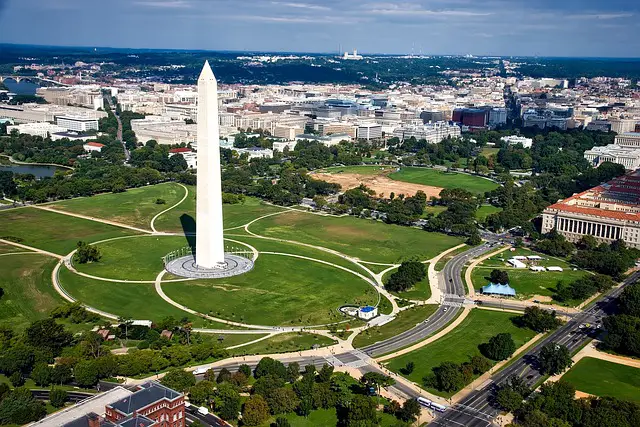
The obelisk is hollow and on the inside, it has stairs as well as an elevator. The stairs spiral up in fifty sections and reach the pyramidion. The pyramidion has 8 observation windows. The walls at the base of the structure are 15 feet thick. Towards the top, the walls are only about 1.5 feet thick.
>Another notable feature of the monument is the 50 American flags that stand around it mounted on flag poles. The flags fly throughout the day and the night.
Aluminum Apex
The pyramidion of the monument is topped with an aluminum apex. In the 19th century when the apex was constructed, aluminum was nearly as rare as silver. So the apex was considered a precious addition to the monument and a befitting structure to top the structure with.
The aluminum apex of the monument weighs 100 ounces. When the apex was cast for use in the monument, it was the largest piece of aluminum to have been cast.
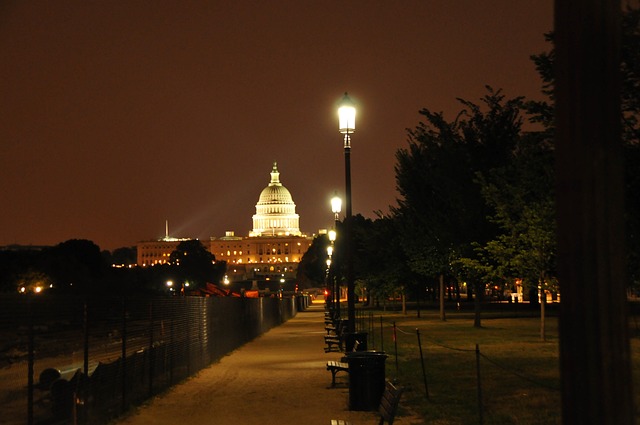
Observation Floor
The Washington Monument is a hollow obelisk, so the inside of the monument features stairs spiraling towards the top. Alongside the stairs, an elevator in the middle of the monument takes visitors from the ground floor to the 500-foot mark. The observation floor is located inside the pyramidion at the 500-foot level. The observation floor has eight windows with two windows located on each side of the pyramidion.
Stairs and Elevator
Iron stairs spiral up the interior of the Washington Monument. In all, there are fifty sections of the stairs. Many sections of the stairs have long landings where inscribed memorial stones can be seen up-close by the visitors. The stairs go all the way up to the pyramidion.
They were previously open to climbing and nearly 25% of the monument visitors chose to climb to the top using the stairs. However, the stairs were closed to general public in the 1970s so that the elevator remained the only ascending option.
The first elevator initially installed at the monument was steam powered. It took the elevator nearly 12 minutes to reach the observation floor. This elevator was replaced with an electric elevator in 1901 which took 5 minutes to reach the top. In 1923, a modern elevator was installed which took only 70 seconds to climb to the pyramidion. In more recent times, the elevator has suffered a number of problems which is why the authorities are currently in the process of upgrading the elevator.

Flags
A key feature of the monument is the 50 American flags mounted atop flag poles in a circle around the monument. Each flag represents an American state. Initially, the flags were flown on wooden poles erected around the monument and flown only on special occasions such as the Independence Day. In 1958, permanent aluminum flag poles were installed around the monument with each pole standing 25 feet tall. In 1971, it was decided that the flags shall stay mounted and fly 24 hours a day. Since then, the 50 flags have stayed mounted and fly at all times during the day and the night.
What is the Washington Monument?
The Washington Monument is an obelisk in Washington D.C. built to honor George Washington, the first President of the United States.
How tall is the Washington Monument?
The monument stands at approximately 555 feet (169 meters), making it the tallest obelisk in the world.
When was the Washington Monument completed?
Construction began in 1848 and was completed in 1884, though it officially opened to the public in 1888.
Why are there 50 flags around the monument?
The 50 flags represent the 50 states of the United States, symbolizing national unity and pride.
Can visitors go inside the Washington Monument?
Yes, visitors can take an elevator ride to the observation deck at the top, which offers panoramic views of Washington D.C.
Who designed the Washington Monument?
The original design was by architect Robert Mills, and later modifications were overseen by Lt. Col. Thomas Lincoln Casey.
The Washington Monument (Pull Ahead Books ― American Symbols) Paperback – August 1, 2003
Learn More about the Washington Monument at Wikipedia
- Famous American Buildings
- Capitol Building
- Central Park New York
- Chrysler Building
- Empire State Building
- Flatiron Building
- Golden Gate Bridge
- Grand Central Terminal
- Jefferson Memorial
- Lincoln Memorial
- Memorial Statues
- One World Trade Center
- Statue of Liberty
- Top 10 American Buildings
- Top 10 American Memorials
- Top 10 American Skyscrapers
- Wall Street
- Washington Monument
- Washington National Cathedral
- White House
- Willis Tower

